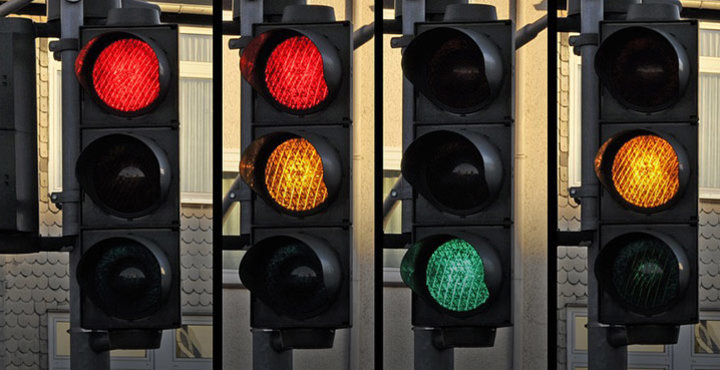How to cite properly using MLA style, with examples of MLA citations
Are you confused by Modern Language Association (MLA) citations? Are you unsure how to cite sources in your MLA Works Cited list or are you more confused by citing in your term paper? Now that you have a general understanding of MLA style and formatting, it is time to learn how to cite properly. Our editors explain everything you need to know about MLA citations.
Why use citations?
The main reason for being so persnickety with regard to citing source material is to avoid allegations of plagiarism—literally "kidnapping" (Latin) someone else's work. The MLA Handbook explains the notion of plagiarism in detail. You should feel free to use another person's words, facts, and thoughts in your research paper, but the material you borrow must not be presented as if it were your own creation. When you write your research paper, remember that you must document everything that you borrow—not only direct quotations and paraphrases, but also information and ideas.
How can I make citing sources easier?
The early stages of producing a paper involve copious amounts of reading, research, and note-taking. At this point, it's very easy to get confused about who said what. The best way to avoid getting yourself into a muddle right from the start is to keep your ideas, your summary of others' ideas, and direct transcriptions of text clearly marked and separate. Make notes on the following for ease of reference later on:
- Author's name
- Full title of each publication (from the title page, not the front cover)
- Publisher
- City of publication (cite only the first city if there is more than one)
- Date of publication
- Volume and issue numbers, if available (for journals)
- Page numbers you have referenced
- Medium of publication or reception (print, web, radio, television, LP, CD, etc.)
Laying the groundwork at this stage will make the citation process a lot easier later on. This is important advice—don't ignore it!
MLA examples of citations:
For more examples of MLA citations, visit our MLA works cited page.
MLA in-text citations
- MLA format requires that you briefly acknowledge your sources in the main body of the text by using the author's name and the page number in parentheses. Note the following example:
(Clinton 440). The reader then knows to consult page 440 of Clinton's book.
- If you refer to the title of a larger published work in your paper, such as a novel or movie, it should appear as follows:
John Clinton's A Study of Life. Please note the use of capital letters and italics.
- Titles of smaller works, such as poems or short stories, should be written in the text as follows:
Raymond Carver's "Cathedral." Please note that smaller works are put in quotation marks and not underlined.
MLA "Works Cited"
- To obtain further information, the reader can refer to the alphabetical references section at the end of the paper, called the "Works Cited" list, where he or she can find full details of the publication. Note the following example:
Clinton, John. A Study of Life. London: Hodder, 1998. Print.
Our John Clinton example is MLA referencing in its simplest form: one author and one book. Things get a little more complicated when there are multiple authors for a single book or when there are multiple books by a single author. However, if you have the basics right and have made good notes for all your source material, you shouldn't run into insurmountable problems.
Citing electronic publications in MLA style
In this computerized age, electronic publications are widely used as source materials during essay writing. However, electronic texts are prone to frequent and rapid change—one minute you see them online, the next they are gone. Therefore, it is important to provide more information when references to electronic works are made. When accessing electronic information, make notes on the following:
- Name of the author, editor, etc.
- Title of the work
- Title of the overall website, if distinct from the title of the work
- Version/edition used, if applicable
- Publisher or sponsor of the site; if not available, use n.p.
- Date of publication (day, month, and year, as available); if no date is available, use n.d.
- Medium of publication (web)
- Date of access (day, month, and year)
Note the following example:
Smith, George. "Trees of the Southern Hemisphere." The International Leaf. Barker University, 2008. Web. 6 Feb. 2009.
Please note that the MLA style guide no longer recommends including the URL of a document, unless otherwise required by your instructor or if it is likely the reader will be unable to locate the source without the URL.
Overall...
There you have it, an introduction to MLA citations. If we didn’t give you enough MLA examples in this article though, please refer to our MLA Works Cited for more examples of how to cite numerous types of resources in your bibliography.
Image source: Stocksnap.io





